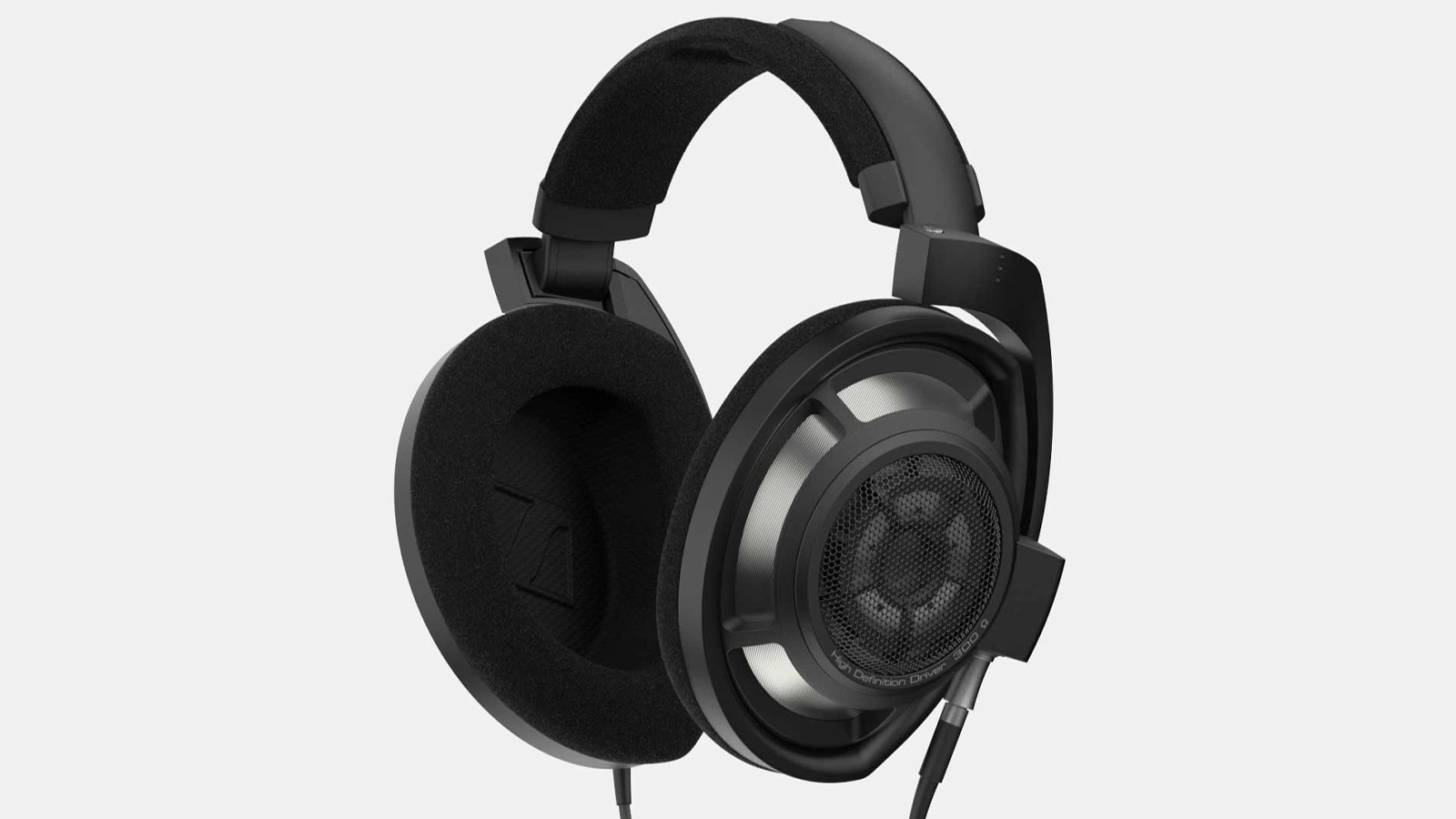The best over-ear headphones, tested by experts
This round up of the best over-ear headphones reveals how leading products from Apple, Bose, Focal, Sennheiser, and Sony matched up when we put them to the test
The dopamine hit we get from music fires up the same neurotransmitters that get excited by food, art, and sex. Some people want bass with weight and impact, whilst others prefer the ability to pick out every instrument and audio detail with absolute clarity. This makes choosing the right audio equipment a deeply personal experience, and that’s before you even factor in elements such as price, design, build quality, fit, technical specifications, and your preferred sound signature.
With this in mind, we’ve tested a selection of the very best over-ear headphones available today. Each offers something distinct – be it the precision of their noise cancellation, the breadth of their soundstage, or seamless integration with your mobile device of choice. All meet the highest quality benchmarks, but we’ve focused on what each model does best – while also noting where they might fall short, depending on your specific needs.
How we tested
All of the headphones in this article have been subjected to hands-on testing, using the latest PD10 player from Astell&Kern as our benchmarking audio source. 'Garbage in, garbage out' is never truer than when it comes to testing headphones, and the PD10, with its ability to physically separate digital and analog signal processing, ensures that the quality of our source is as good as it could possibly be.
The PD10 supports native playback of high-resolution files up to 32-bit/768kHz PCM and DSD512, which means it’s more than capable of streaming HiRes FLAC files (at a maximum 24-bit/192 kHz resolution). And, whilst headphones that connect via Bluetooth will always compress audio, most of the headphones featured in this guide also support fully-lossless listening.
What we’ve tested
Running the Tidal app on the Astell&Kern PD10 player (bringing in other devices where relevant), we’ve tested the following over-ear headphones:
- Sony WH-1000XM6
- Bose QuietComfort Ultra
- Apple AirPods Max
- Bathys MG
- Sennheiser HD 800 S
And whether you’re looking for the most effective active noise cancelling (ANC), the most comfortable headphones for long journeys, the best open-backed headphones for home audio, or those that excel beyond music listening, we’ve got you covered.
Sony WH-1000XM6
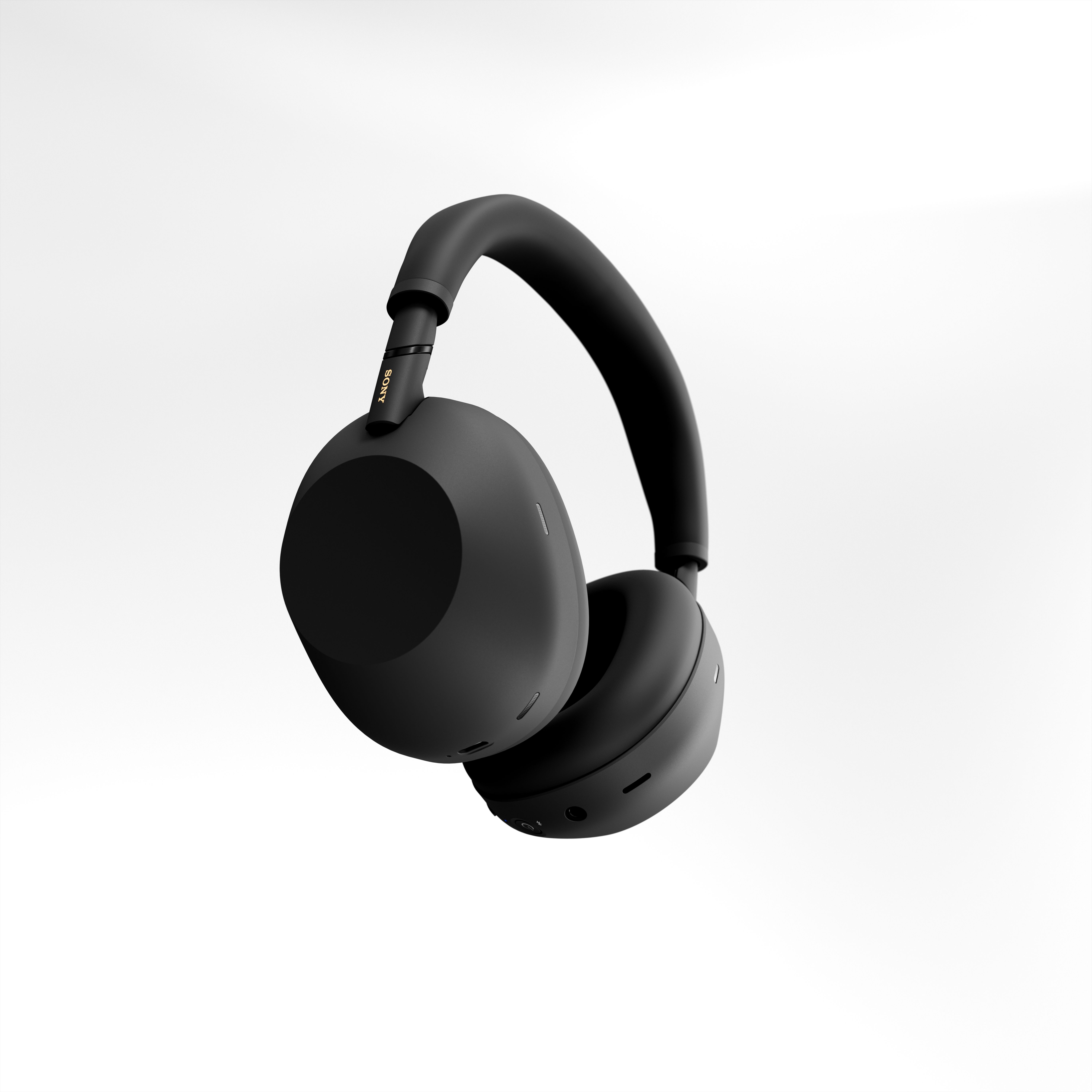
The WH-1000XM6 over-ear headphones are Sony’s latest entrant in the increasingly crowded premium market. Starting with the positives, the WH-1000XM6 packs a real punch when it comes to bass, features more crispness at the higher end than its predecessor the XM5, and includes a 10-band EQ via the Sony Sound Connect app, which enables you to fine-tune your experience. The WH-1000XM6 also includes support for LDAC, Sony's high-resolution wireless codec, as well as lossless audio via the 3.5mm headphone jack (with a compatible source and adapter); however, it doesn’t include lossless audio via USB-C.
Championing ANC
Since the launch of its Sony MDR-1000X headphones in 2018, Sony has been on a mission to become the undisputed champion of ANC headphones, and – with the release of the WH-1000XM6 – it’s finally achieved its goal. When compared to the other headphones we tested, the WH-1000XM6 was the clear winner for ANC, with the closest competition coming in the shape of the Apple Airpods Max and Bose QuietComfort Ultra. However, like many closed-back headphones, when noise cancelling is enabled it causes the soundstage to feel a little claustrophobic. (The soundstage being the perception of width and depth when listening to an audio source.)
Design and fit
Whilst the design of the WH-1000XM6 is similar to its predecessor, it comes with a thicker headband (which incorporates more padding), and the option to fold the earcups is implemented in such a way that you can fit the headphones into the supplied carry case more snugly. Elsewhere, the build quality of the WH-1000XM6 continues to impress, and everything about these headphones has a premium feel (thanks to the use of carbon fibre composite in the design).
Don’t get big headed
Where the design does fall short, though, is for people with larger head shapes. If this sounds like you, then you’re going to have a few issues with the WH-1000XM6 headphones. Firstly, because they’ve been designed for the snuggest possible fit in a bid to deliver the best noise isolation, they feel much tighter than the other headphones that we tested, which also increases the heat around the ears when wearing them. And considering they are almost identical to the Bose QuietComfort Ultra in weight (254g versus 250g) the Bose headphones are far more comfortable to wear (we had no issues wearing them for 2-3 hours at a time).
Are they right for you?
Without the caveat surrounding comfort, though, the WH-1000XM6 excels in almost every way, and is packed with features, such as auto detection, 30+ hours of playback, multiple microphones, speak-to-chat, spatial mode, and touch controls (including the ability to place your palm over the right earcup to allow ambient sound through). For those looking for a perfect all-rounder with premium features, the WH-1000XM6 is tough to beat.
Bose QuietComfort Ultra
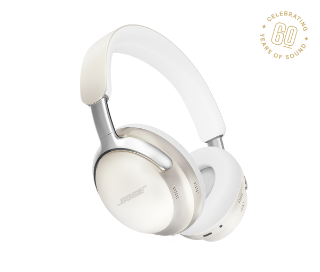
For decades, the Bose brand has been synonymous with quality and the very best in noise cancelling technology. And, when Bose launched the QuietComfort 35 over-ear headphones in 2016, its reputation was cemented in the wireless space, too. However, contenders have come thick and fast in the following years. And it wasn’t until 2023 that Bose launched its Bose QuietComfort Ultra headphones. But it was worth the wait.
Comparing sound quality
As we’ve already mentioned, there are many elements of over-ear headphones that rely on personal preference, none more so than the overall listening experience. We found that in the standard ANC mode the QuietComfort Ultra headphones were almost as good as the WH-1000XM6 when it came to noise cancellation. They also had a wider soundstage, and whilst there’s a lot of bass in there, it’s well balanced from low to high ranges, and compliments well against ranges over 200hz. With this in mind, out of the box we preferred the sound signature of the QuietComfort Ultra, but that’s by no means a universal view, and you’ll find just as many people saying they prefer the WH-1000XM6. (These two headphones are often put head-to-head, thanks to price and feature similarities.)
Design and fit
What isn’t debatable is the difference in comfort, though. Unlike the Sony WH-1000XM6, which feel much heavier on the head than their 254g weight suggests, the Bose QuietComfort Ultra have much better weight distribution, and nothing like as much clamping pressure; this makes them far more comfortable. And the reduction in clamping pressure also reduces heat, and puts less strain on the hinges, which – like those on the XM6 – enable you to flatten the earcups and then fold them inwards, so the headphones can be easily stowed in their hard carry case.
Despite being slightly heavier than the WH-1000XM6, the build quality doesn’t feel at the same level. That’s not to say they feel cheap; they just don’t feel as premium as you might expect for the price. Again, we don’t necessarily see this as a reason to choose an alternative, though. And some people will prefer the more classic styling.
Are they right for you?
Whilst not supporting wired lossless audio, the QuietComfort Ultra headphones do utilise Snapdragon Sound and the aptX Adaptive codec to support AptX Lossless on supported Android devices. Is this truly lossless? Experts differ in their opinion, but it’s a big improvement on standard Bluetooth codecs. Which makes this a great choice for anyone with a device that supports it. For those looking for headphones that provide comfort, offer great sound, and boast support for the AptX Lossless codec, we’d recommend the Bose QuietComfort Ultra headphones.
Apple AirPods Max
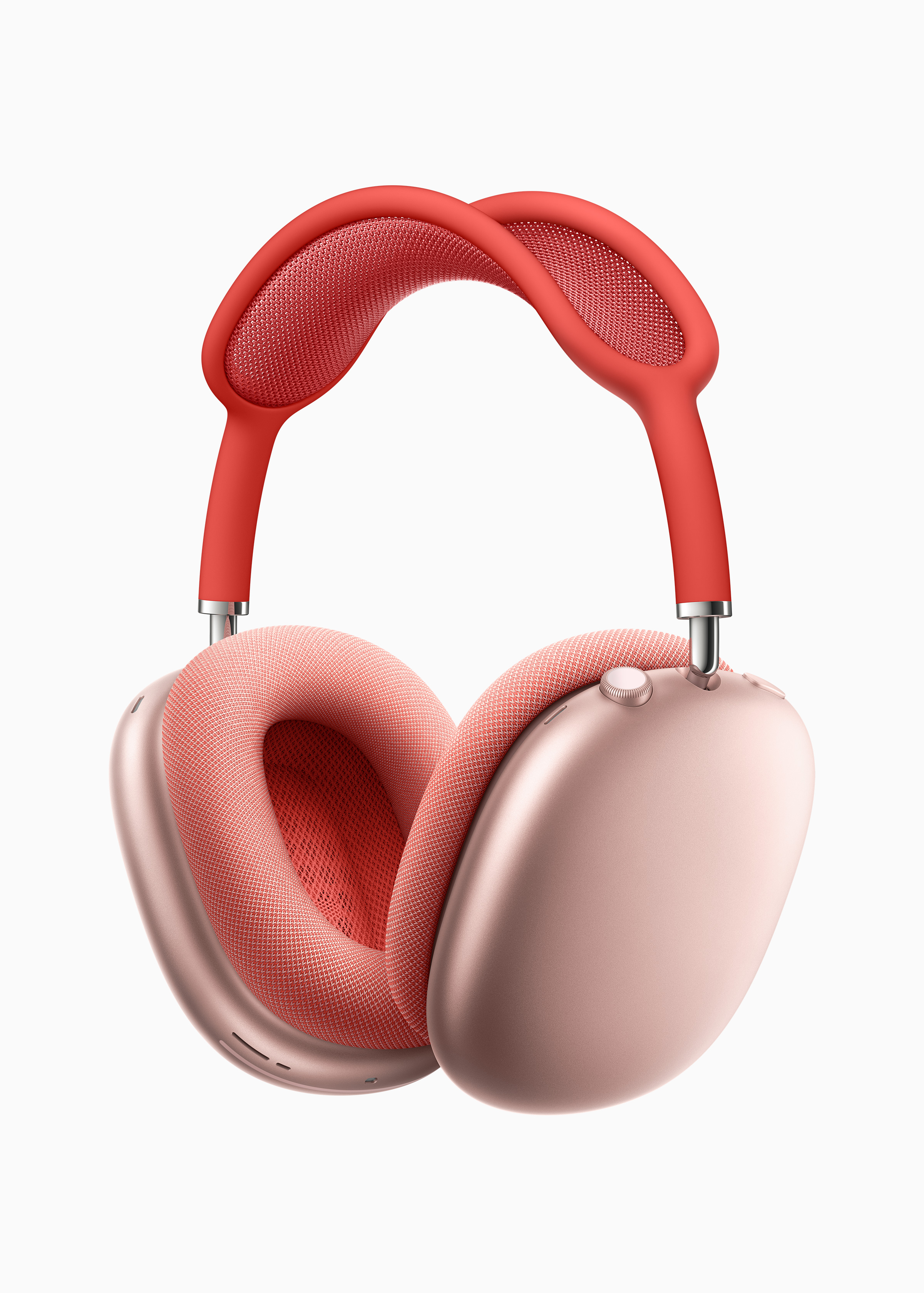
At the end of 2024 Apple updated its over-ear AirPods Max headphones for the first time in four years, providing a USB-C port and a few colour variants. It wasn’t the most inspiring upgrade. However, in Apple’s April iOS update (to iOS 18.4), the decision made a lot more sense, as the company announced that the AirPods Max would now support lossless audio over USB-C. This means that if you have a compatible Apple device running iOS18.4 or later, and a streaming app such as Tidal that supports hi-res audio, you can now stream FLAC files at 24-bit (44.1 khz). It also means that with zero latency, they become an option for recording and mixing, too.
Transparent options
Active noise cancelling on the AirPods Max approaches the very best headphones in this category, and it’s close enough that it won’t be something that sways your buying decision (in fact, the transparency mode is the best we’ve tested, although it’s a shame you can’t change the transparent volume, which is an option on the AirPods Pro 2 in-ear headphones). And the sound signature had a mid-bass focus out of the box, but is easily customisable to your own preference.
Aluminium design
The design of the AirPods Max has been criticised by some, but we appreciate the consistent Apple design touches, and the anodised aluminum earcups can deal with everything you throw at them. Unlike many over-ear headphones, the ear cushions are covered in a premium mesh fabric, which means your ears stay much cooler. And, for the headband design, Apple has moved away from the more traditional cushion to a stretched mesh, which works really well, and adds an extra level of comfort. Elsewhere, audio and controls can be managed by a raised dial, which Apple calls a ‘digital crown’. It’s a feature that provides a nice user experience, but it’s easy to catch, and is positioned poorly when it comes to adjusting the headphones.
Apple integration
The addition of lossless support is just the latest reason why those embedded within the Apple ecosystem may want to consider the AirPods Max headphones. And whilst costing £100-£150 more than the Sony WH-1000XM6 and Bose QuietComfort Ultra, there are a raft of extra features that open up once you connect the AirPods Max headphones to a supported Apple device.
As well as seamless pairing across your devices, Siri integration, and Hearing Test and Accessibility support, the spatial audio with dynamic head tracking is a real game changer when it comes to streaming video content from apps such as Apple TV and Netflix. This technology enables the AirPods Max to process 5.1 surround sound, and then convert it to a virtual surround sound experience. It works incredibly well, but—as you might expect, due to the required processing—it’s only supported in Bluetooth mode.
Are they right for you?
If you’re an Apple user, and are looking for over-ear headphones that fit seamlessly into the iOS environment, then the AirPods Max are the best headphones for you, especially if you consume a lot of video content and want to use your headphones for mixing and recording, and want to take advantage of the new lossless support.
Focal Bathys MG
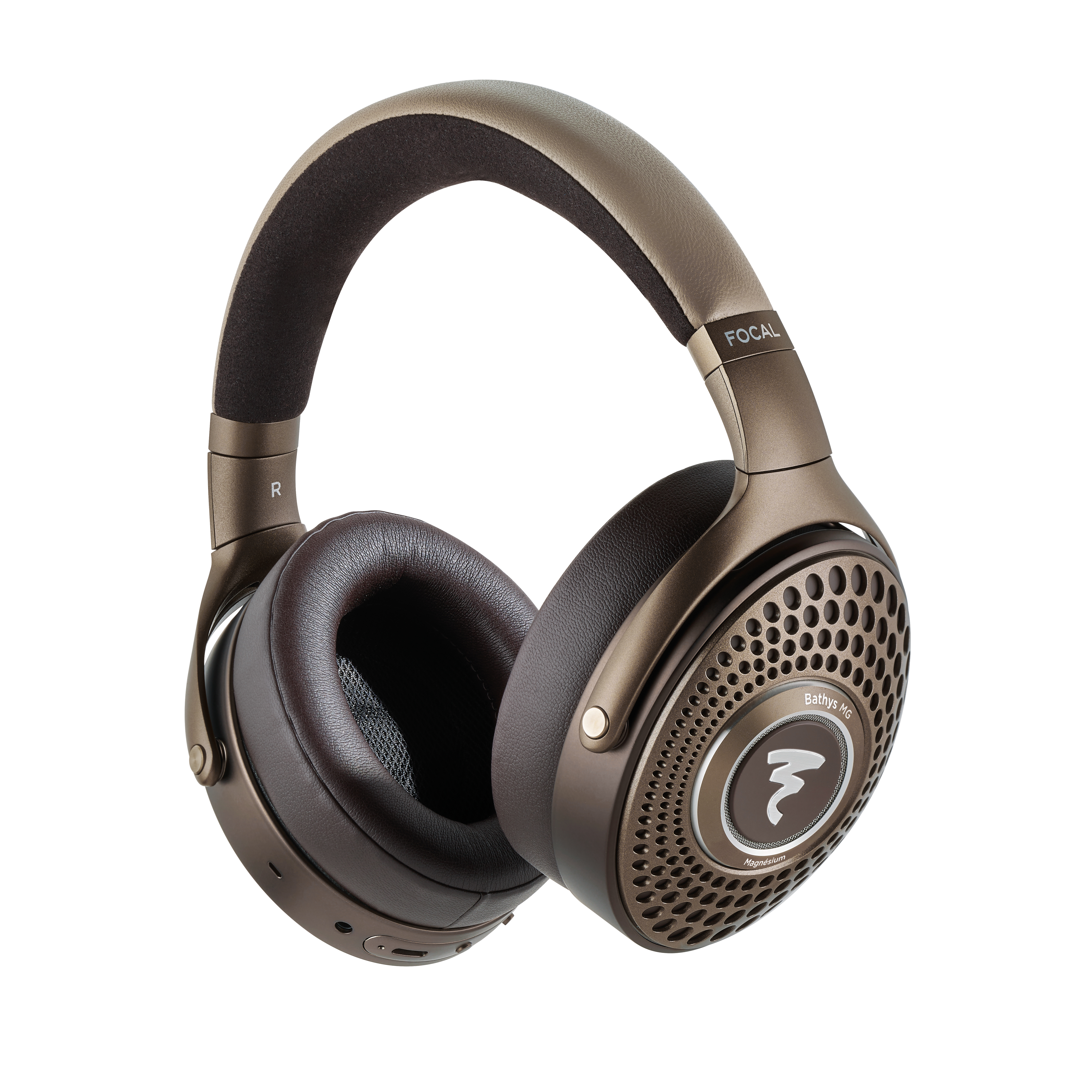
The Focal Bathys MG are the kind of over-ear headphones that elicit unwitting smiles as you start picking out hidden details within your favourite music. Of the closed-ear headphones we tested, they have a sprawling soundstage when compared to the competition. Every instrument is reproduced with clarity, with two magnesium drivers delivering the kind of playback that puts these headphones in a class of their own. You just can’t help smiling.
Not great noise cancelling
Given the focus on audio reproduction, it’s not surprising that the noise cancelling of the Bathys MG headphones isn’t quite up there with the likes of Sony, Bose, and Apple. It’s good, but not great. And if noise cancellation is at the top of your priority list when purchasing headphones, then these aren’t for you.
As well as ANC support, the Bathys MG headphones also provide lossless listening via USB-C. When connected via USB-C, theBathys MG headphones bypass Bluetooth and switch to the built-in DAC (Digital-to-Analog Converter), which provides lossless playback at up to 24-bit/192kHz resolution, depending on the source. And this is where the Bathys MG headphones excel.
A twist of bling
The design of the Focal Bathys MG may not be for everyone. But if you like a bit of bling in your headphone design, you’ll be happy. Focal has made the decision to create the earcup shells from perforated metal, with the Focal logo embedded in the middle, which is illuminated by a backlight (it can be turned off). For the headband and ear cushions Bathys uses genuine leather, and all of this adds to the premium nature of these headphones. And when it comes to controls, the Bathys relies on physical switches, and there are no additional features such as auto shut-off.
Are they right for you?
The accompanying software includes some excellent features. By downloading the Focal & Naim app to your device, you can access Mimi Sound Personalization, which is essentially a hearing test, which tailors the best sound experience for you. And it works really well. If sound reproduction is your primary focus, and you have an audiophile’s sensibilities (and accompanying budget), then the Focal Bathys MG will outperform every one of its rivals. It’s the best sound quality you’ll find in a pair of ANC headphones.
Sennheiser HD 800 S
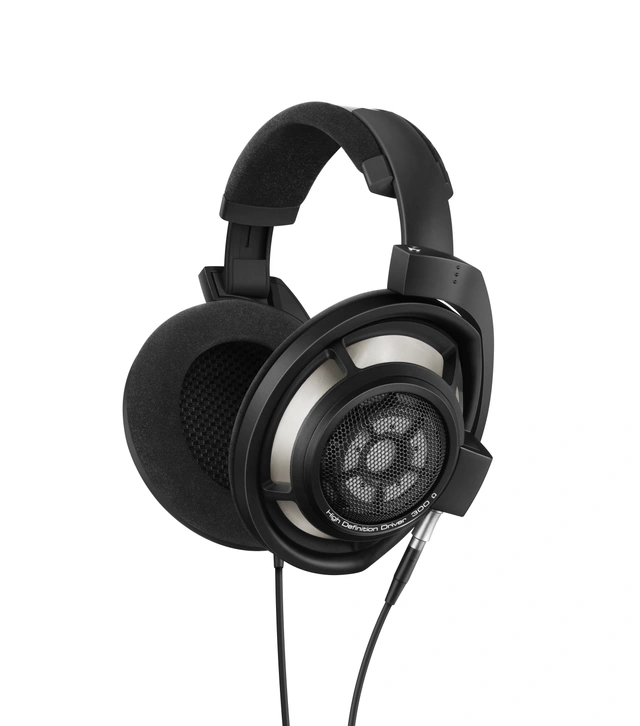
Whilst the sound reproduction of the Focal Bathys MG puts a smile on your face, the Sennheiser HD 800 S take things to another level, and you’ll be picking your jaw off the floor.
The comparison isn’t a fair one, though, as the HD 800 S is neither wireless, nor closed back. But we’ve included them here as they are compatible with most hi-res audio players, such as the Astell&Kern PD10 (with its built-in normal- and high-gain amps), delivering higher-quality audio than Bluetooth and ANC headphones.
Ohm is where the heart is
Unlike headphones designed for devices such as smartphones, the impedance (resistance) tends to be much higher in professional headphones, giving them the ability to reduce interference, whilst also providing better sound quality at higher volumes. And whilst the impedance of headphones such as the Sony WH-1000XM6 is around 45 ohms, meaning they can reach higher volumes on less power, the Sennheiser HD 800 S come in at 300 ohms (which is why they require a wired connection via the 4.4mm or 6.3mm cables; as supplied with the HD 800 S).
The benefits that a 4mm balanced cable provides—primarily in noise reduction, increased power output, and sound quality—helps give the HD 800 S an expansive soundstage, far beyond what you can expect to find in wireless headphones. Naturally, there’s a lot of sound leakage, but this is part of what contributes to the incredible sound quality of these headphones. But you definitely won’t want to take them on public transport.
A perfect fit
Despite weighing in at 330g, the HD 800 S headphones can be worn for hours on end, with no strain being put on your neck. And the large earcups, with their open-backed design, feel comfortable and secure, without over clamping. Given the nature of these headphones, it’s unlikely that you’ll be wearing them in particularly active scenarios, but it’s still good to know that they aren’t going to fly off your head at the slightest provocation.
Are they right for you?
If you’re looking to make the move to a HiRes audio player, and want headphones that deliver high-fidelity audio reproduction (especially for critical listening), as well as potential use in mixing and mastering audio, then the Sennheiser HD 800 S headphones are the perfect choice.
Receive our daily digest of inspiration, escapism and design stories from around the world direct to your inbox.
Dan Oliver is a Technology journalist, editor and copywriter. In addition to his work at Wallpaper*, he has written for brands including TechRadar, T3 magazine, and The Sunday Times.
-
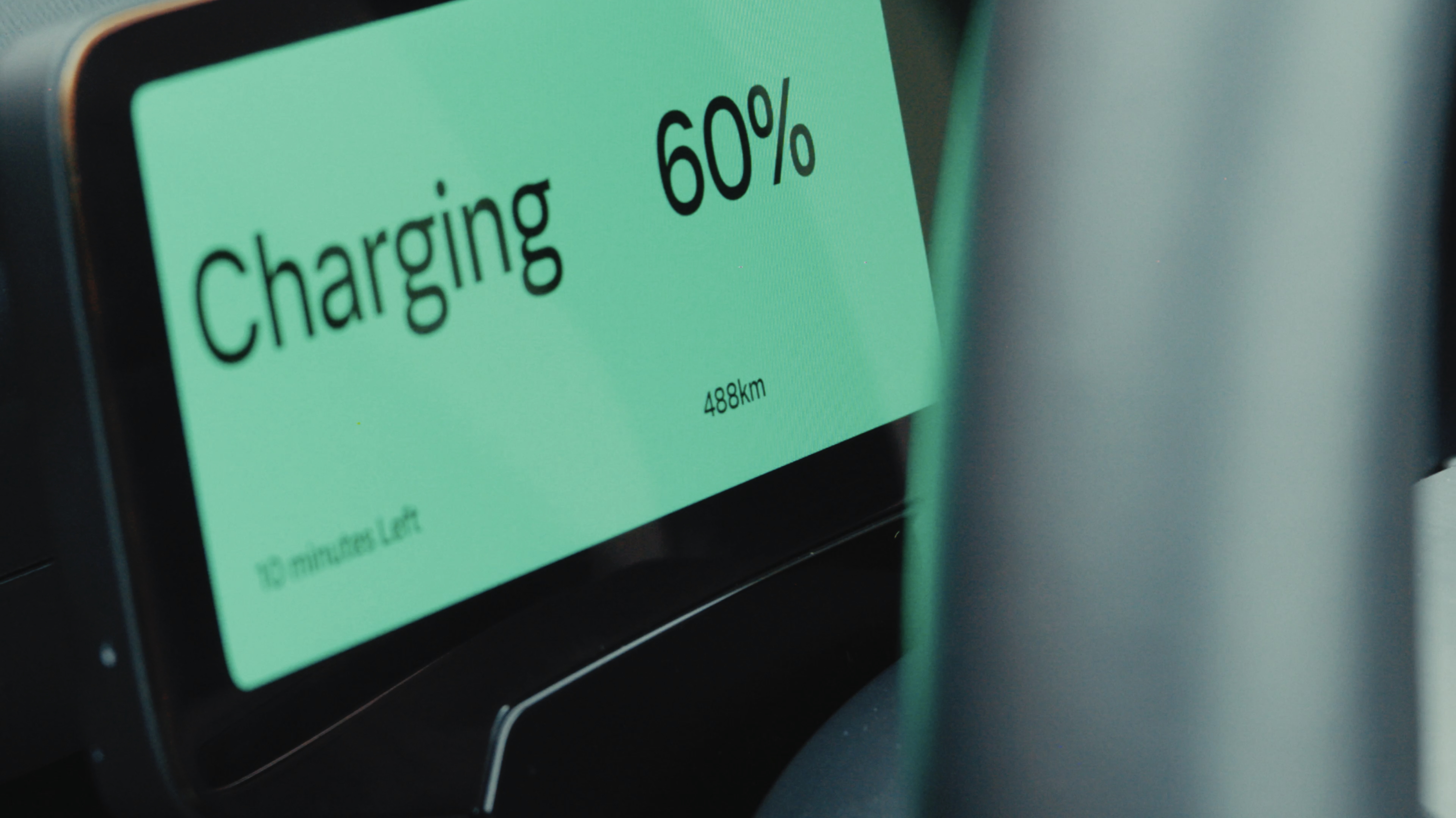 Volvo’s quest for safety has resulted in this new, ultra-legible in-car typeface, Volvo Centum
Volvo’s quest for safety has resulted in this new, ultra-legible in-car typeface, Volvo CentumDalton Maag designs a new sans serif typeface for the Swedish carmaker, Volvo Centum, building on the brand’s strong safety ethos
-
 We asked six creative leaders to tell us their design predictions for the year ahead
We asked six creative leaders to tell us their design predictions for the year aheadWhat will be the trends shaping the design world in 2026? Six creative leaders share their creative predictions for next year, alongside some wise advice: be present, connect, embrace AI
-
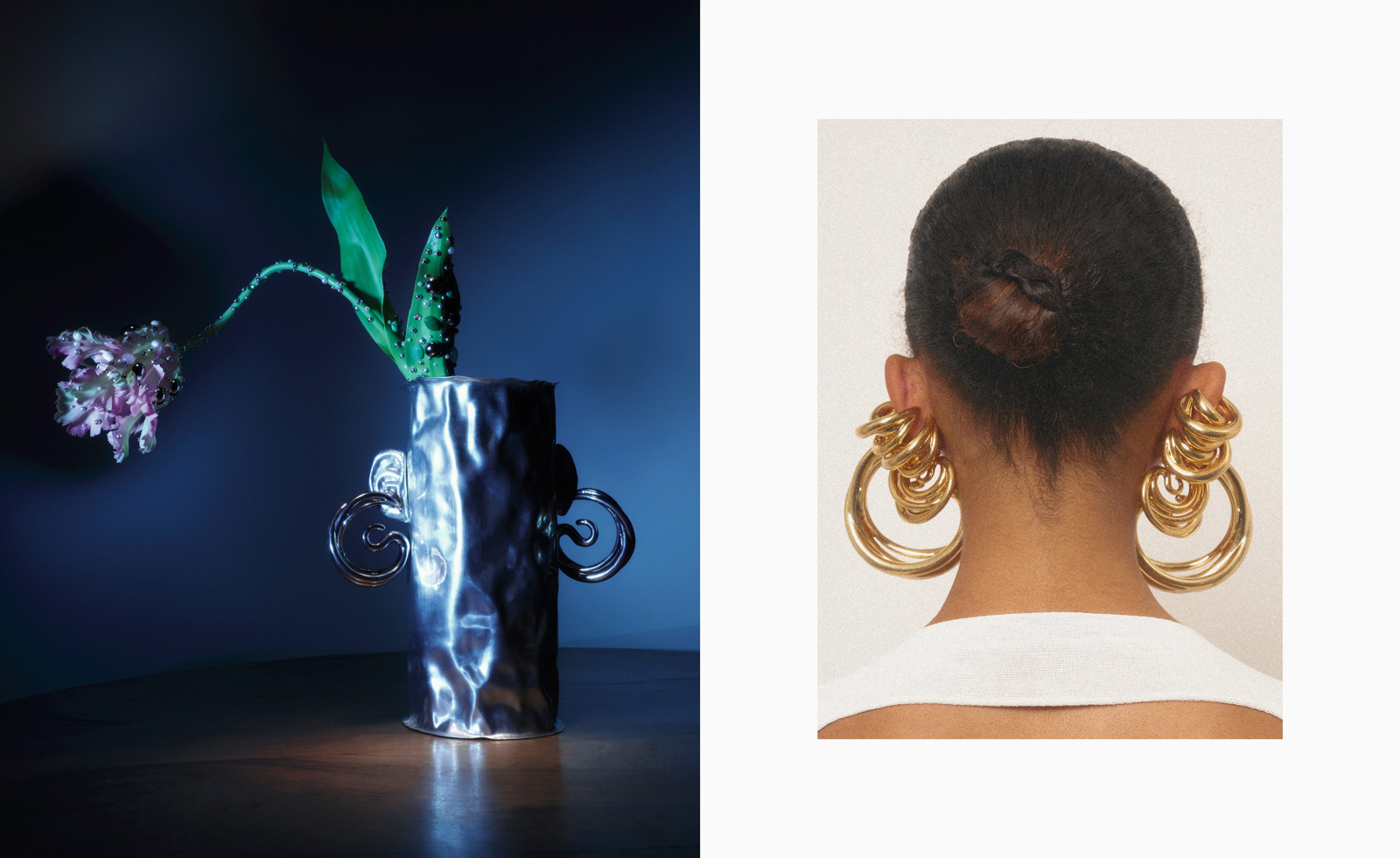 10 watch and jewellery moments that dazzled us in 2025
10 watch and jewellery moments that dazzled us in 2025From unexpected watch collaborations to eclectic materials and offbeat designs, here are the watch and jewellery moments we enjoyed this year
-
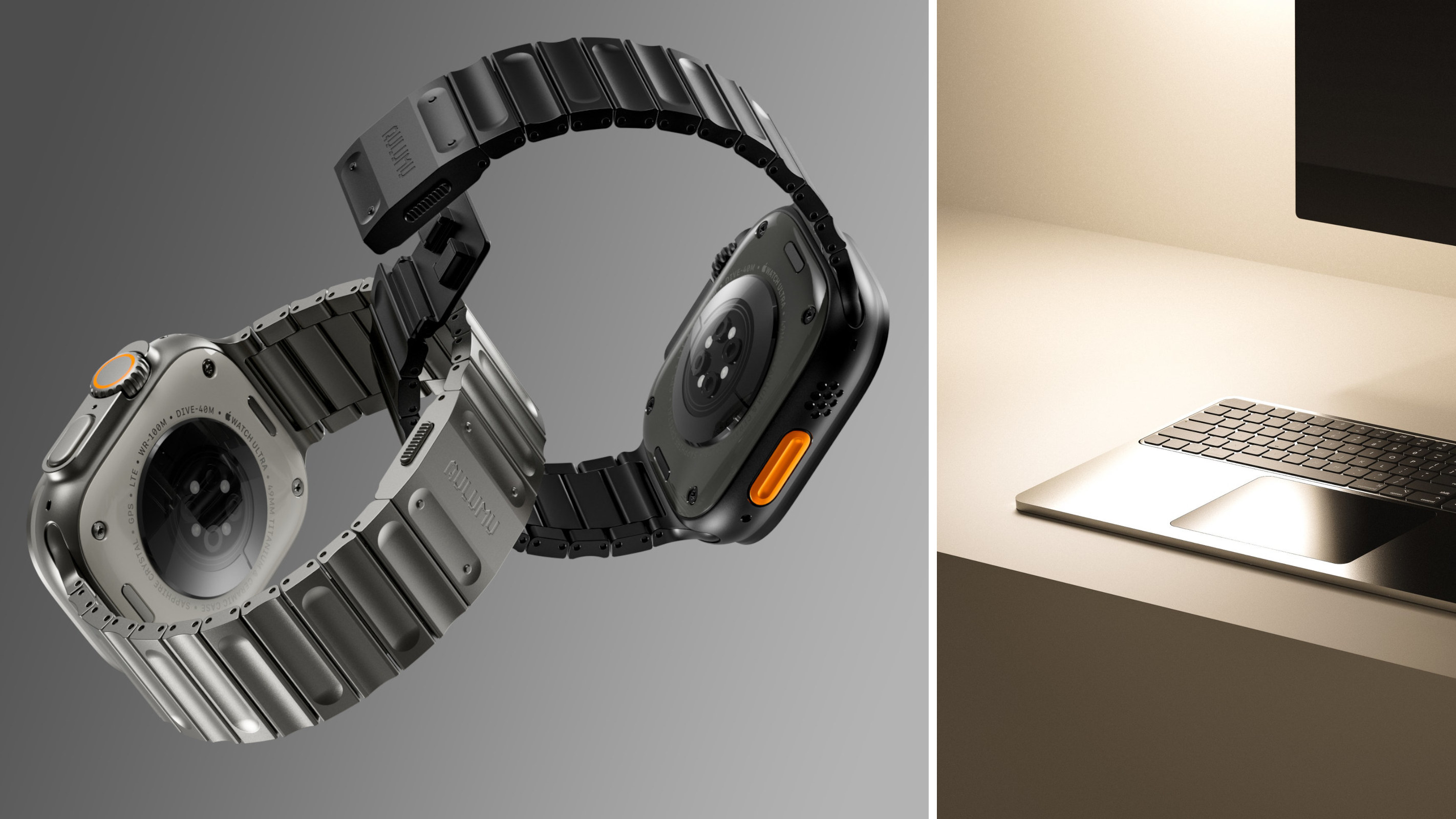 Seven covetable accessories designed to improve your Apple experience
Seven covetable accessories designed to improve your Apple experienceWe present a clutch of cultured accessories for all things Apple, from chargers to cases, straps and keyboard covers
-
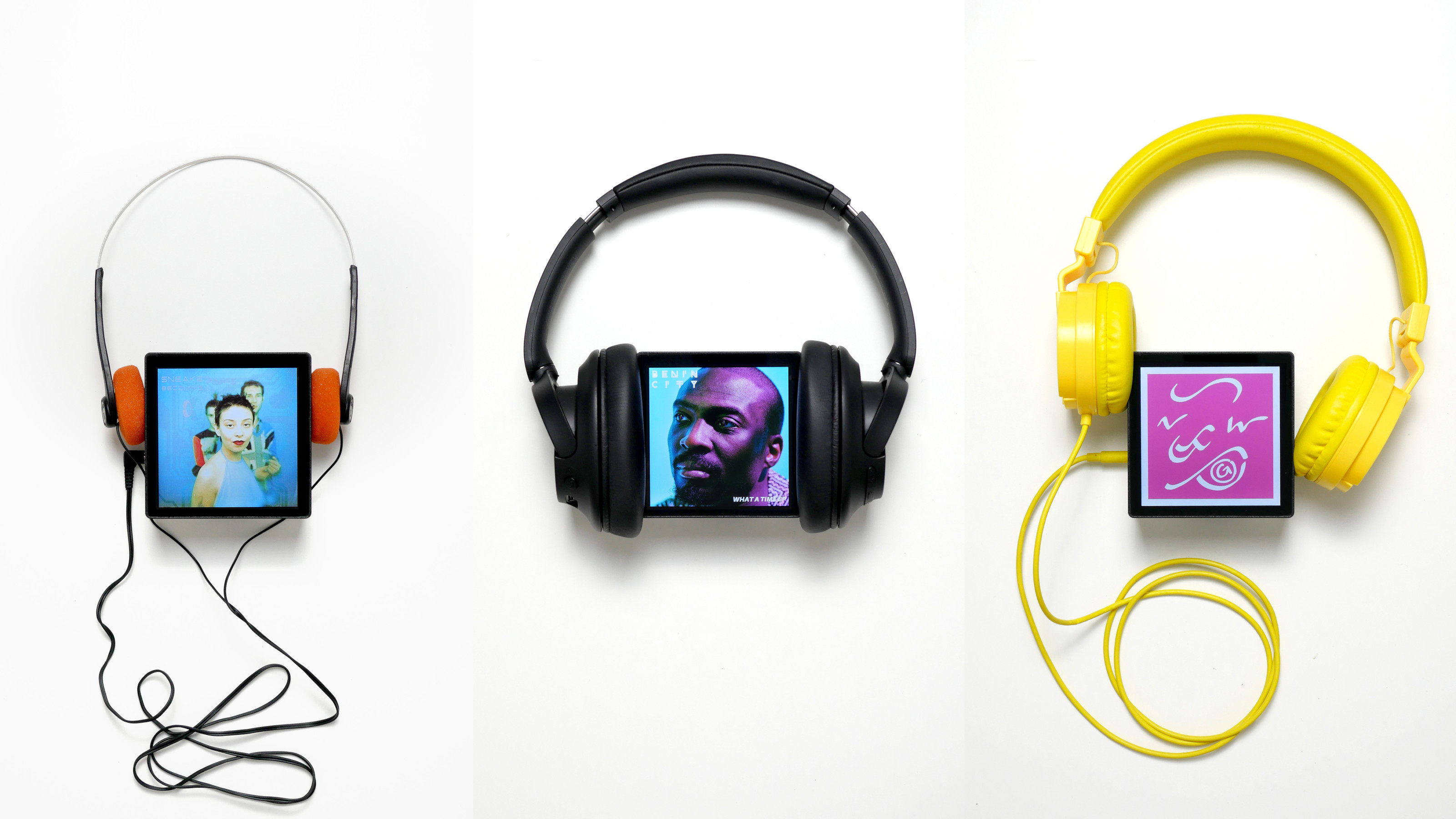 A music player for the mindful, Sleevenote shuns streaming in favour of focused listening
A music player for the mindful, Sleevenote shuns streaming in favour of focused listeningDevised by musician Tom Vek, Sleevenote is a new music player that places artist intent and the lost art of record collecting at the forefront of the experience
-
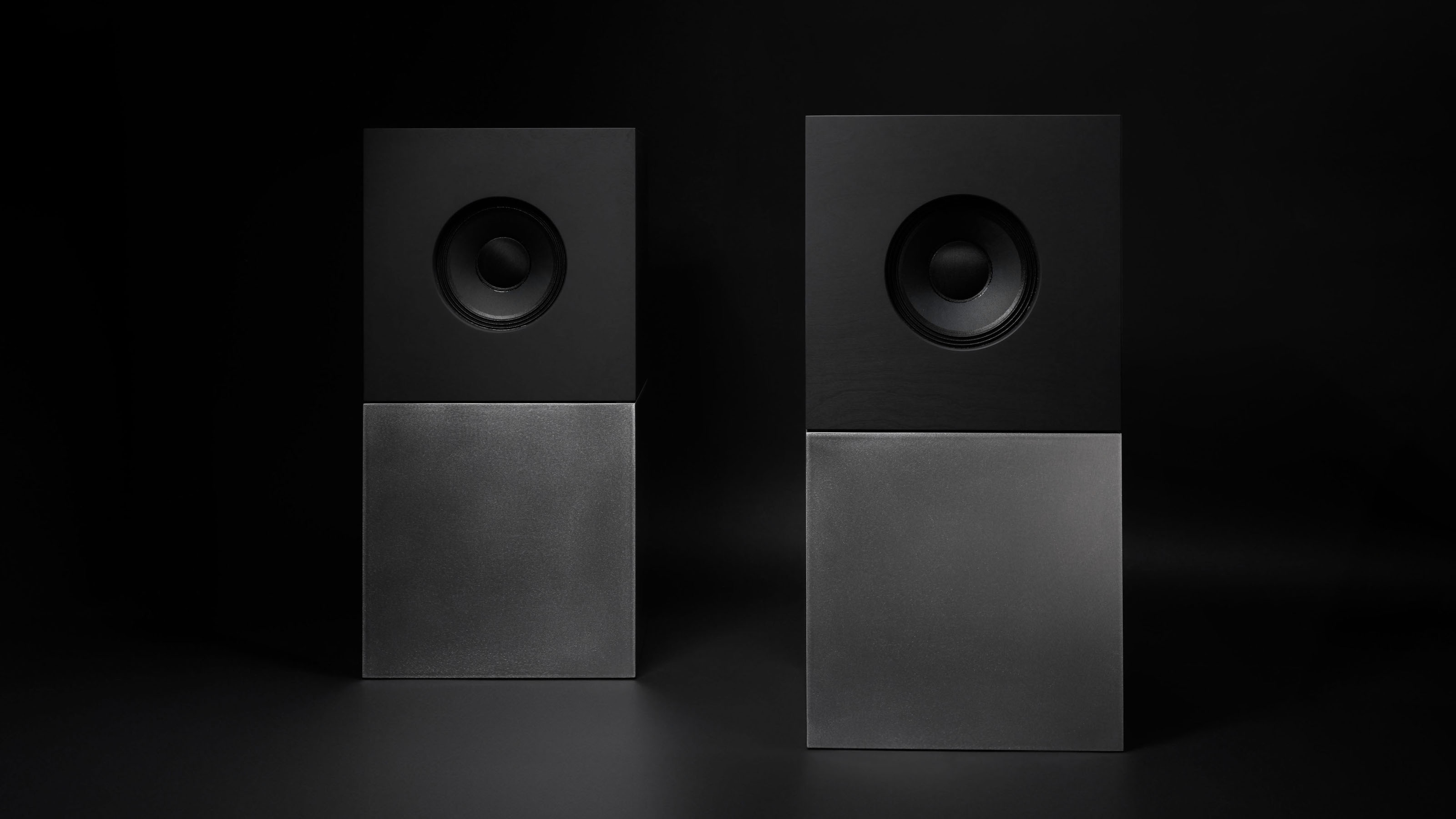 Aesthetics and acoustics come together in the Braque speakers from Nocs Design
Aesthetics and acoustics come together in the Braque speakers from Nocs DesignThe Braque speakers bring the art of noise, sitting atop a brushed steel cube that wouldn’t look out of place in a contemporary gallery
-
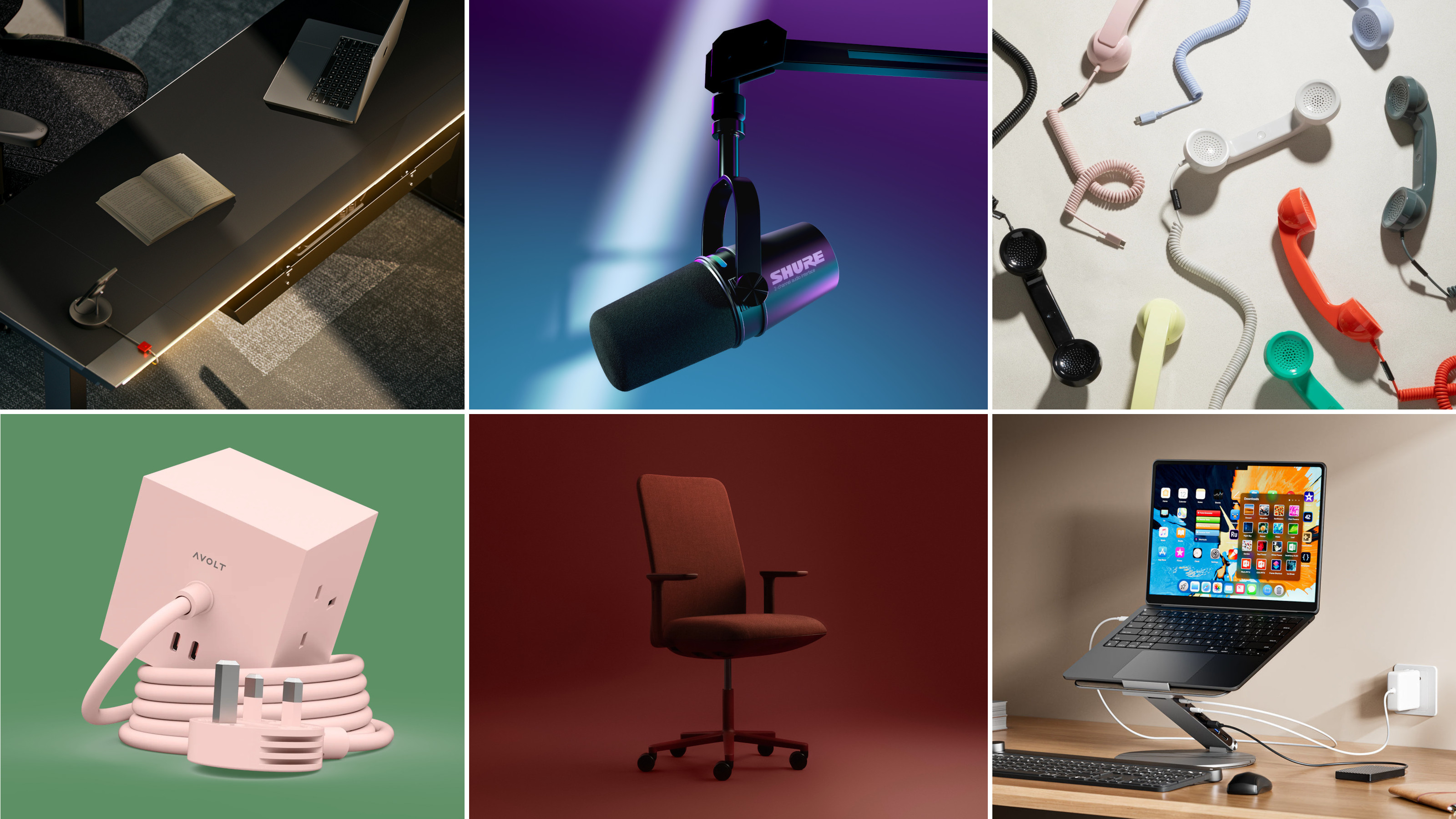 Hunker down in a perfectly equipped work-from-home hub this winter
Hunker down in a perfectly equipped work-from-home hub this winterIf your WFH set-up needs an upgrade, or if you need to kit out a new small business from scratch, we’ve got you covered
-
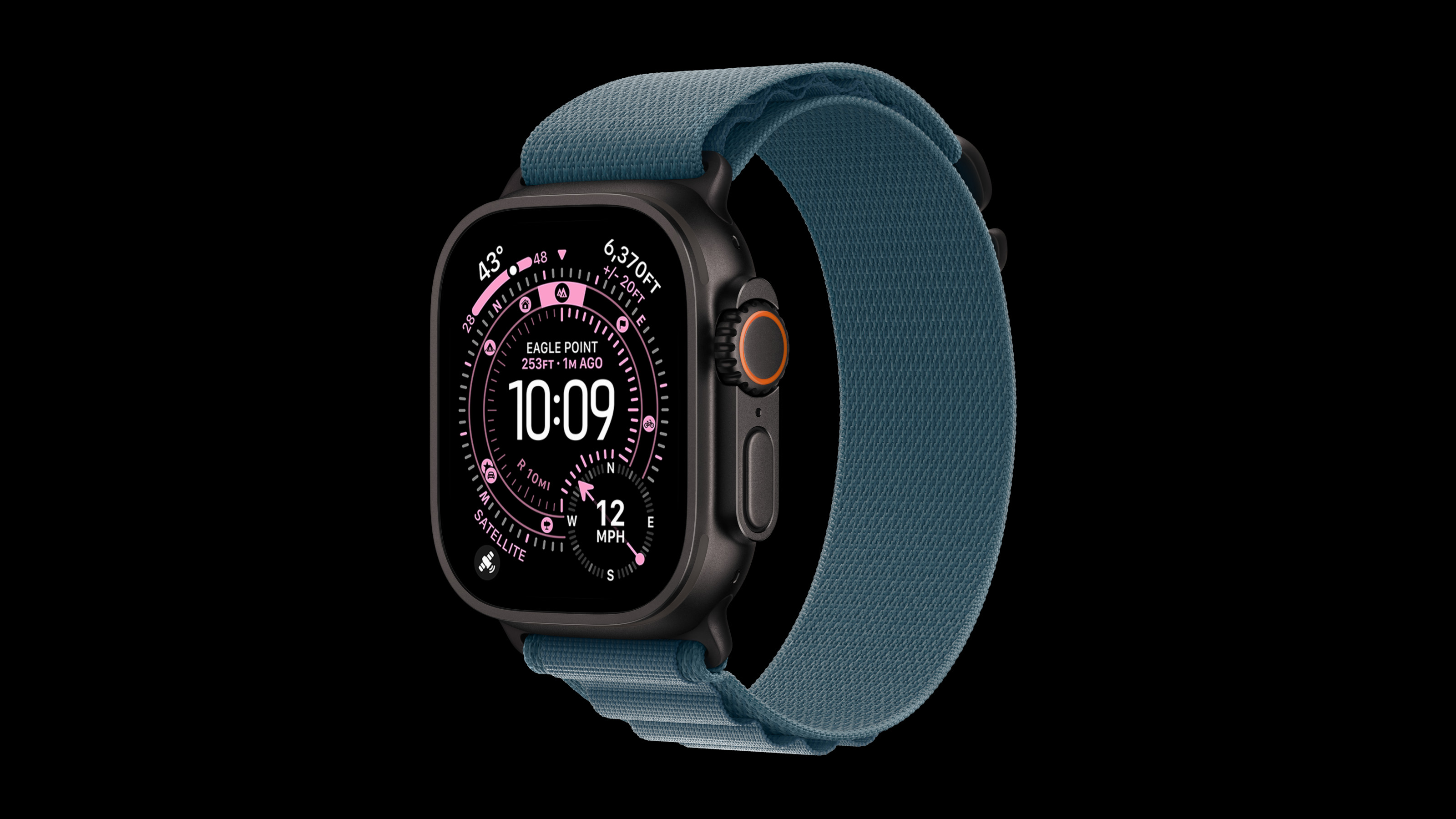 Apple Watch Ultra 3 has innovation at its heart – a 3D-printed titanium case
Apple Watch Ultra 3 has innovation at its heart – a 3D-printed titanium caseWe delve into Apple’s pioneering use of 3D-printed metal, and how it ties in with the company’s path to carbon neutrality
-
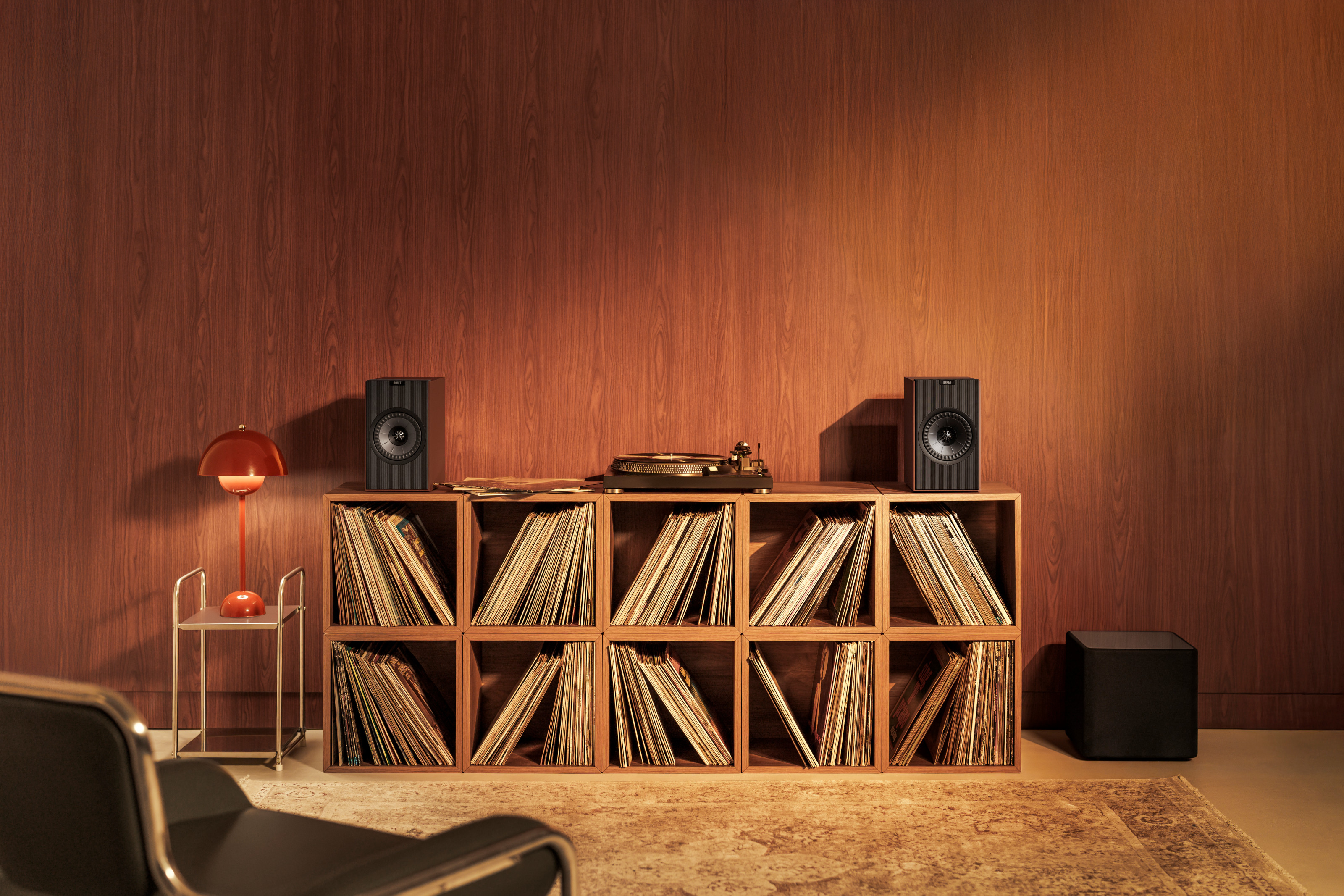 New speakers for every space, from all-in-one systems to high-end towers
New speakers for every space, from all-in-one systems to high-end towersExperience the highs and lows of your favourite audio in crisp detail with this selection of seven new speakers, large and small
-
 Love Hultén’s new book of audio experiments is weird and wonderful
Love Hultén’s new book of audio experiments is weird and wonderful‘Love Hultén: Works II’ assembles the latest eccentric sonic creations from the Swedish artist and instrument maker
-
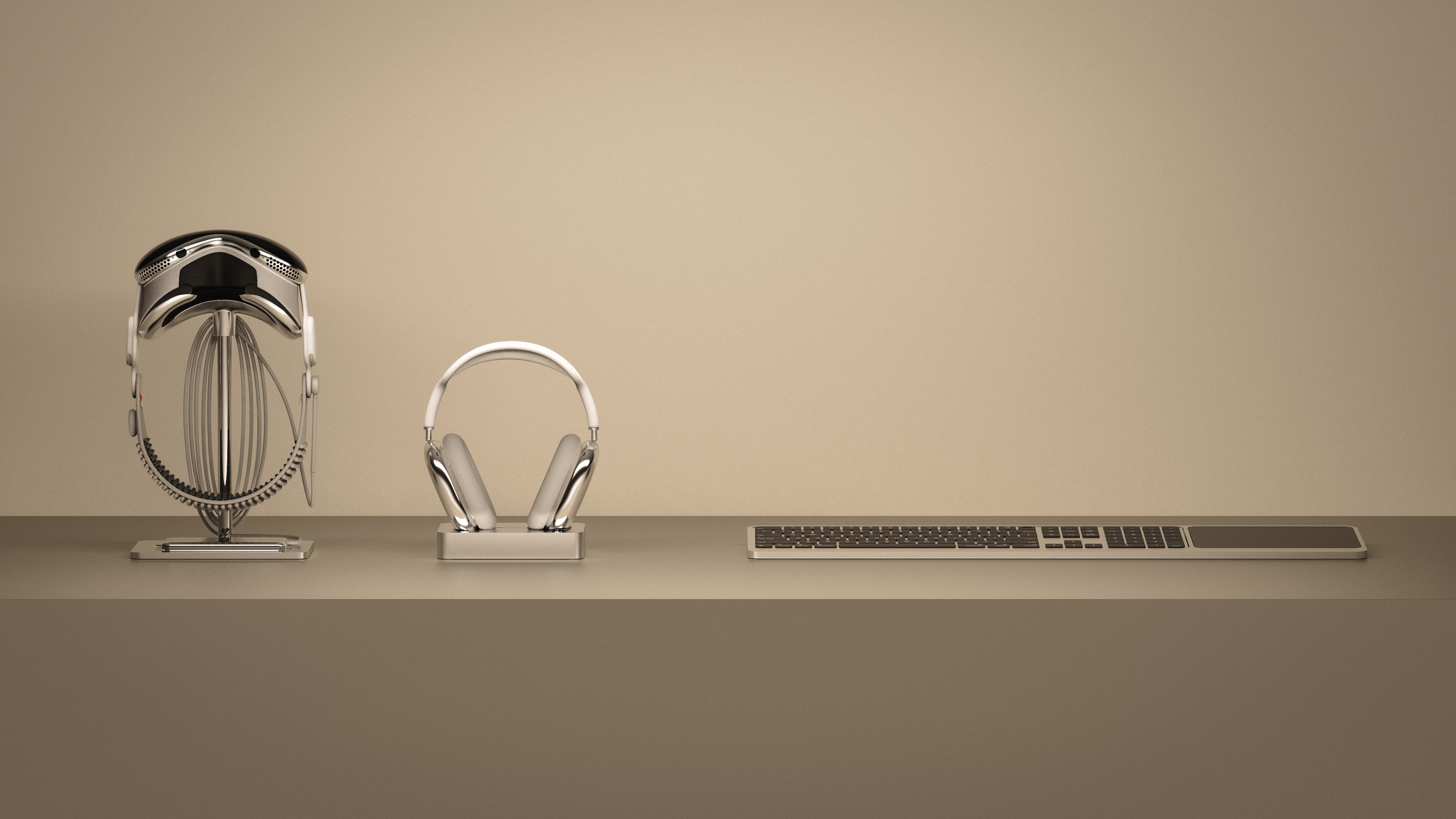 Bionic Labs builds precision next-level Apple accessories from aluminium and stainless steel
Bionic Labs builds precision next-level Apple accessories from aluminium and stainless steelFrom stands, chargers and keyboard trays to a set of accessories for the Vision Pro, Parisian design studio Bionic Labs offers only the best for your Apple gear
